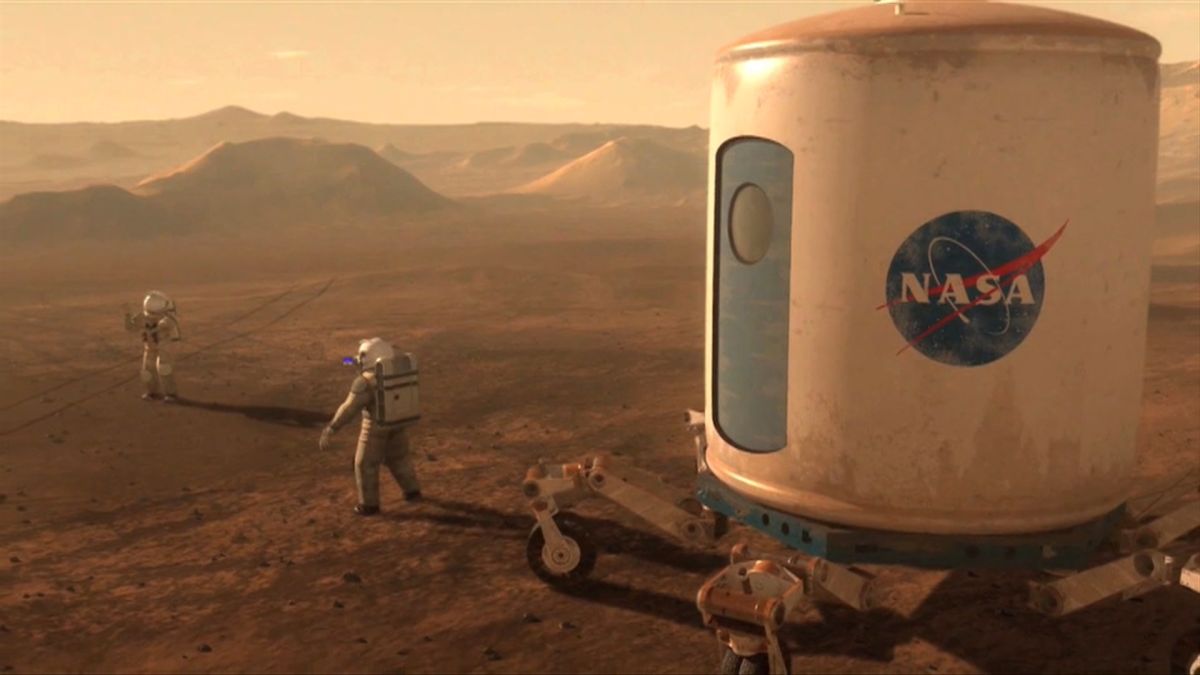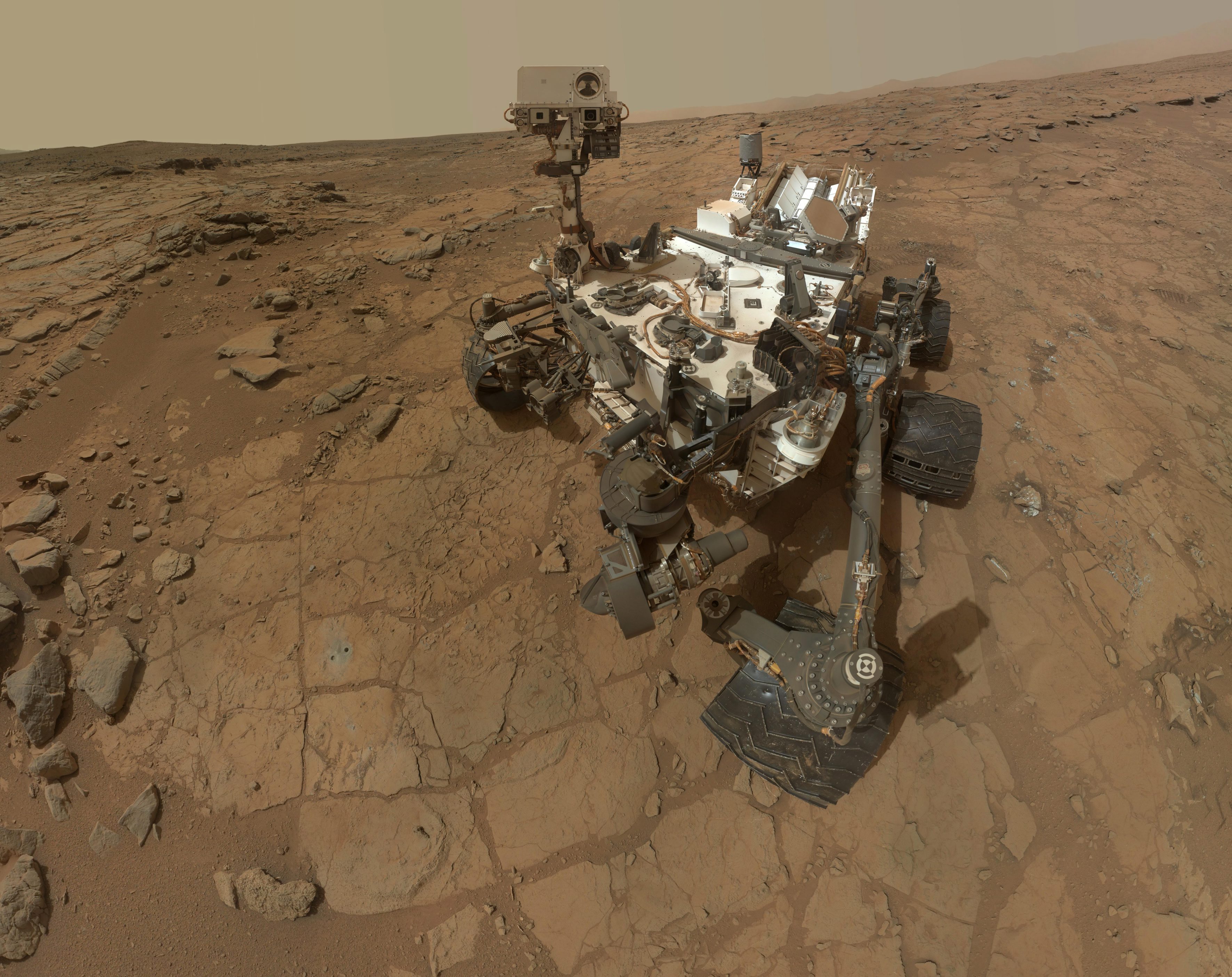A former NASA engineer who worked on the Viking missions makes a controversial claim: that since 1970, the agency has already known that there is life on Mars.
In a surprising article published in Scientific American, Gilbert Levin , a former NASA engineer who worked on the Viking missions, has made a shocking claim: the US space agency has known since the 1970s that there is life on Mars.
Viking experiments that detected life on Mars

According to Levin, the two landers of the Viking mission, which arrived at Mars in 1976, conducted a series of tests to determine the presence of life on the red planet. One of these tests, based on the experiment used by scientist Louis Pasteur to demonstrate the existence of microbes, gave positive results for the existence of microorganisms.
Levin says this result was confirmed by the second lander of the Viking mission, which replicated the test in a region more than 6,500 kilometers away from the first lander. According to the former NASA engineer, the team obtained a total of four tests that were positive for the presence of life on Mars, with data curves that indicated the existence of microbial respiration in the Martian soil, very similar to the results found when investigate the presence of bacteria on Earth.
Why did NASA hide this information?
The question posed in the article is: if the presence of life on Mars was already proven, why did the US government decide to hide this information for decades?
However, the reality is not exactly that. The results of tests carried out by the Vikings on the soil of Mars during the 1970s were not hidden as confidential information, and over the past four decades several scientists have analyzed these results. But there is no consensus on whether they really indicate the existence of life on Mars.
Controversy over Viking test results
Critics of Levin’s claim accuse the tests of being nonspecific, with results that are not confirmed throughout the experiments and, therefore, inconclusive. Even Levin himself agrees with these criticisms, and it is in them where his greatest concern is placed: the fact that the results obtained by the Viking missions were not complemented with other experiments that could validate the mission’s findings.
Implications for future missions to Mars
This puts NASA’s current plans in a new light, as the agency would be ready to send astronauts to a planet where there is no certainty whether or not germs exist. This could put astronauts at unnecessary risk, since if there is microscopic life on Mars, a great effort will be necessary not only to not expose them to possible microorganisms existing on the planet, but also to ensure that they do not bring any of these microorganisms back. to the earth.
Conclusion: Need for more research
Levin concludes that before sending astronauts to Mars, we should take a closer look at the results of the Viking experiments and compare them with the latest evidence that life could exist on Mars, such as recent discoveries that at some point in time During its evolution, the planet already had an atmosphere and large water reserves. This is enough to make many scientists believe that, at least at some point, living organisms existed on Mars.
Although there is still no scientific consensus that any planet other than Earth has developed a form of life, Levin’s warnings should be taken very seriously. If there really are living microorganisms in the soil of Mars, sending astronauts there could be extremely dangerous, and it would be important to be sure whether or not there is life on the Red Planet before we send the first humans to explore the Martian terrain.






